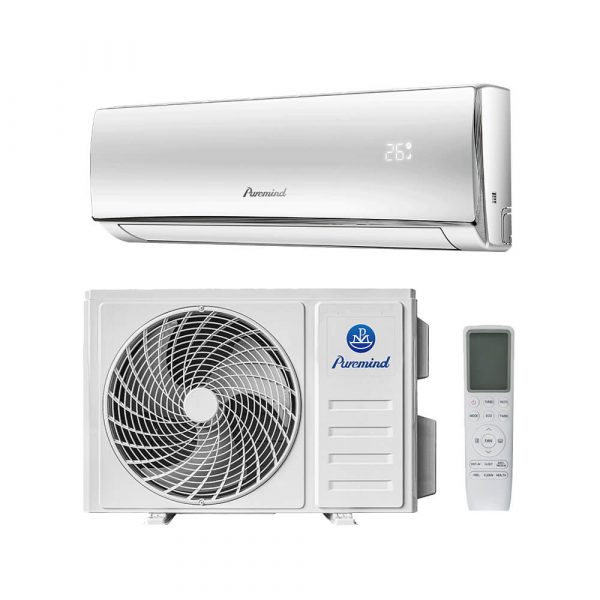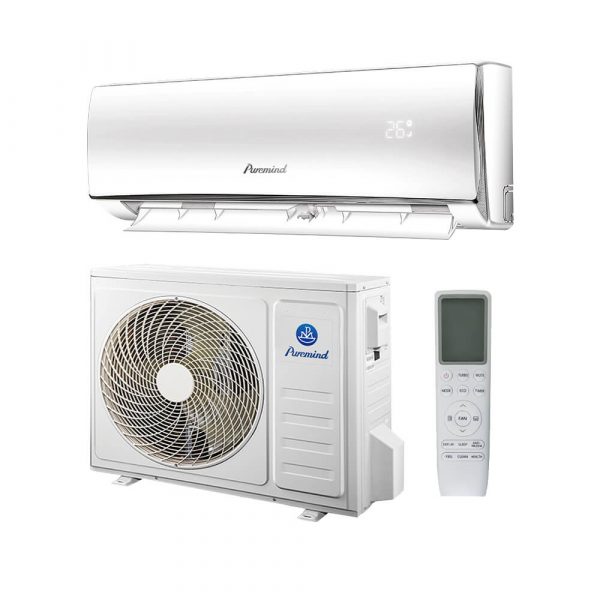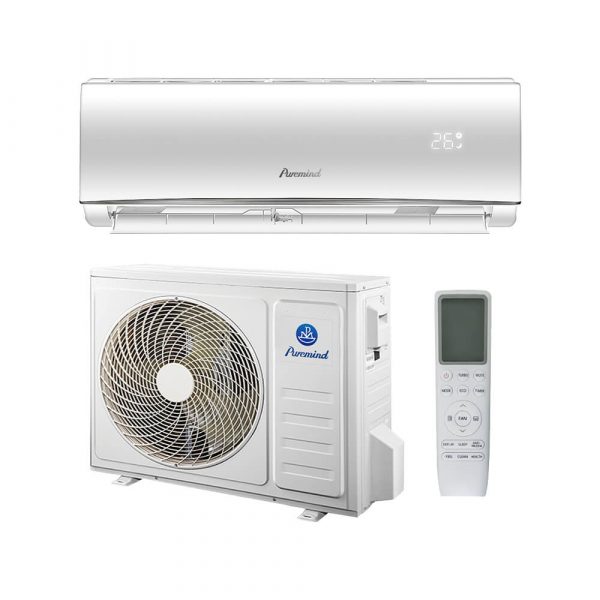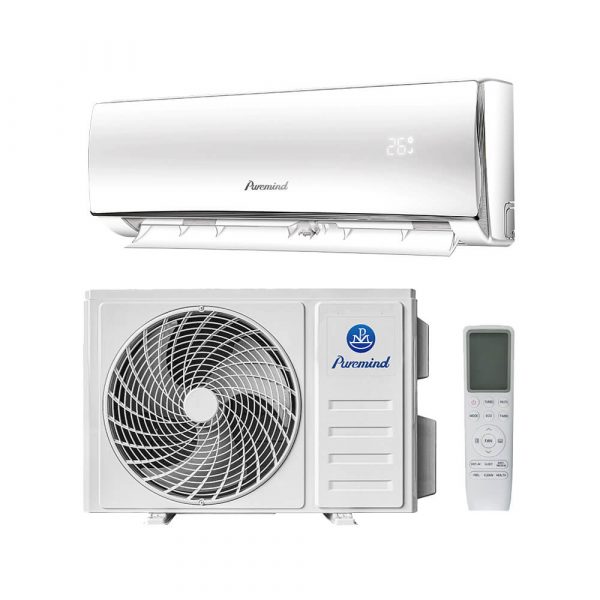Ductless Mini Split System Air Conditioners Explained
As energy efficiency and climate control become top priorities in modern homes, ductless mini split system air conditioners have quickly risen in popularity. Whether you’re retrofitting an older property or building new, this type of air conditioning offers flexible, cost-effective, and quiet comfort without the need for ductwork.
What Is a Ductless Mini Split System Air Conditioner?
A ductless mini split system consists of two main components: an indoor air-handling unit and an outdoor compressor or condenser. These two units are connected by a conduit that houses the power cable, refrigerant tubing, suction tubing, and a condensate drain. Unlike traditional central AC systems, mini splits don’t require ductwork, making installation easier and more adaptable to a variety of room layouts.
How Do Ductless Mini Split Systems Work?
The system works by transferring heat between the inside and outside of your home:
- The indoor unit pulls in warm air from the room and passes it over evaporator coils containing refrigerant.
- The refrigerant absorbs the heat and carries it to the outdoor unit.
- The outdoor unit releases the heat outside, while cooled air is sent back into the room.
This process can also be reversed for heating if the system includes a heat pump, making mini splits a year-round climate solution.
Key Benefits of Ductless Mini Split System Air Conditioners
- No Ducts Required: Perfect for homes without existing ductwork or for new additions.
- Zone Control: Heat or cool only the spaces you use, reducing energy waste.
- Energy Efficiency: SEER ratings of mini splits are typically higher than central systems.
- Quieter Operation: Indoor units are whisper-quiet and don’t require loud air handlers.
- Easy Installation: Less invasive and faster installation process compared to ducted systems.
Applications and Ideal Use Cases
Ductless mini split systems are ideal for:
- Older homes without ducts
- Room additions or renovations
- Garages, attics, and basements
- Offices, studios, or workshops
- Multi-family dwellings or rental units
Choosing the Right Ductless Mini Split System
When selecting a ductless mini split system, consider the following factors:
1. BTU Capacity
Ensure the system is properly sized to your room’s square footage. For example:
- 150–300 sq ft: 9,000 BTU
- 300–500 sq ft: 12,000 BTU
- 500–800 sq ft: 18,000 BTU
2. Number of Zones
Single-zone systems are ideal for one room, while multi-zone systems can serve up to five indoor units using one outdoor condenser.
3. Energy Efficiency
Look for systems with high SEER (Seasonal Energy Efficiency Ratio) and HSPF (Heating Seasonal Performance Factor) ratings for the best energy savings.
4. Smart Features
Wi-Fi control, scheduling, voice assistant compatibility, and remote diagnostics are increasingly common in modern mini splits.
Maintenance Tips
To ensure peak performance and system longevity, follow these maintenance guidelines:
- Clean or replace indoor unit filters every 30–60 days
- Check the outdoor unit for debris and ensure proper airflow
- Inspect refrigerant lines for leaks or damage
- Schedule annual professional inspections
Comparison: Ductless Mini Splits vs Traditional HVAC Systems
| Feature | Ductless Mini Split | Traditional Central HVAC |
|---|---|---|
| Installation | Simple, minimal construction | Requires ductwork |
| Energy Loss | Minimal | Significant through ducts |
| Zone Control | Yes | Usually no |
| Noise | Very quiet | Can be loud |
Where to Buy High-Quality Ductless Mini Split Air Conditioners
If you’re in the market for dependable and affordable ductless mini split systems, check out the options at Puremind. They offer a wide variety of products designed for residential and light commercial applications.
Conclusion
Ductless mini split system air conditioners provide a modern solution for flexible and efficient climate control. With no ductwork required, they’re perfect for unique layouts or older buildings, while offering precise temperature management, reduced energy consumption, and silent operation. Whether you need to cool one room or five, this system could be the ideal choice for your space.







